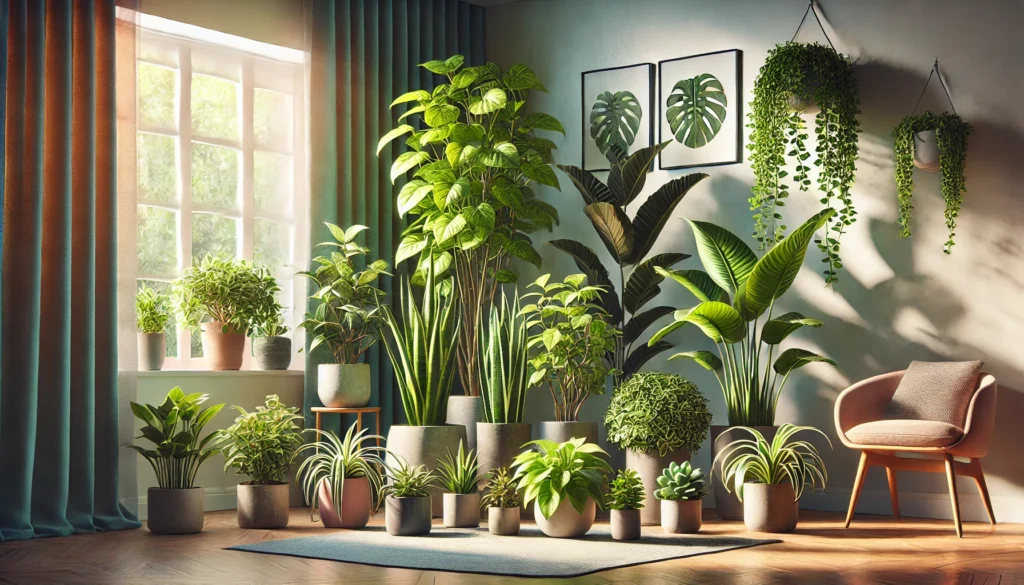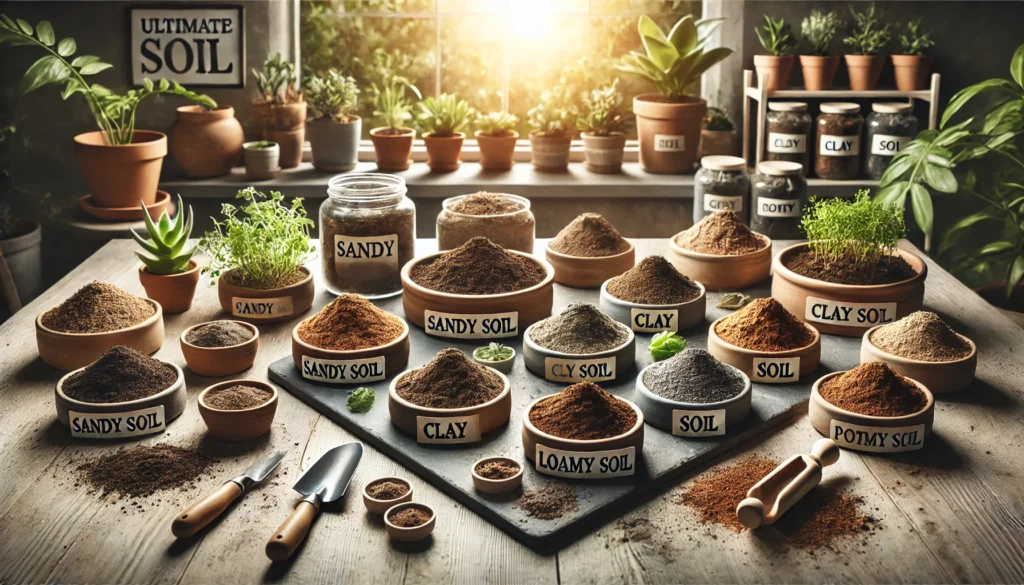10 Low-Maintenance Indoor Plants for Busy Plant Lovers” by Pyanabi
In a fast-paced world where time is a precious commodity, many of us find solace and relaxation in nurturing indoor plants. However, for those with hectic schedules, it can be challenging to commit to high-maintenance greenery that demands constant care and attention. Fortunately, there’s a wide array of low-maintenance indoor plants that can thrive even in the busiest of households. In this article, we’ll introduce you to 10 such indoor plants that are perfect for busy plant lovers. 1.Snake Plant (Sansevieria trifasciata)The snake plant, also known as the mother-in-law’s tongue, tops our list of low-maintenance indoor plants. Its striking upright leaves are not only visually appealing but also incredibly resilient. Snake plants can endure low light conditions and irregular watering, making them an excellent choice for people who travel frequently or have erratic schedules. These hardy plants also purify the air by removing toxins, making your living space healthier. 2.ZZ Plant (Zamioculcas zamiifolia)The ZZ plant is another hard-to-kill indoor plant that can thrive in low-light environments. With glossy, dark green leaves, it adds a touch of elegance to any room. ZZ plants are water-efficient, and they can go weeks without a drink. Just be cautious not to overwater them, as they’re prone to root rot if the soil remains consistently wet. 3.Peace Lily (Spathiphyllum)Peace lilies are not only low-maintenance but also known for their air-purifying qualities. They can tolerate low light conditions and will typically let you know when they need water by drooping their leaves – a clear sign that they’re thirsty. A simple watering will perk them up, making it easy to care for these elegant, white-flowering plants. 4.Spider Plant (Chlorophytum comosum)Spider plants are a popular choice for novice plant enthusiasts due to their resilience and forgiving nature. They thrive in a range of lighting conditions, including indirect sunlight and partial shade. Spider plants produce baby offsets, known as “spiderettes,” which can be repotted to create new plants, adding to their charm and ease of care. 5.Aloe Vera (Aloe barbadensis miller)Aloe vera is not only a low-maintenance indoor plant but also a valuable addition to your home for its medicinal properties. It prefers bright, indirect light and doesn’t need frequent watering. The gel within its leaves is well-known for its soothing properties, making it a handy plant to have for minor burns and skin irritations. 6.Pothos (Epipremnum aureum)Pothos, also known as devil’s ivy, is an excellent choice for busy individuals. This trailing vine plant can thrive in various lighting conditions, from low to bright indirect light. Pothos is forgiving when it comes to watering, as it can tolerate periods of drought. Its heart-shaped leaves come in various shades, adding a touch of vibrancy to your living space. 7.Rubber Plant (Ficus elastica)The rubber plant is a stylish addition to any room with its large, glossy leaves. It can adapt to different light levels, although it thrives in bright, indirect light. These plants don’t require frequent watering, and they’re relatively pest-resistant. Wipe their leaves occasionally to keep them dust-free and glossy. 8.Jade Plant (Crassula ovata)Jade plants are succulents that are exceptionally easy to care for. They thrive in bright light but can tolerate lower light conditions. The thick, fleshy leaves store water, so they can withstand occasional forgetfulness when it comes to watering. In fact, they prefer to dry out between waterings, making them ideal for busy plant lovers. 9.Cast Iron Plant (Aspidistra elatior)True to its name, the cast iron plant is virtually indestructible. It can tolerate low light and infrequent watering, making it a perfect choice for those who tend to neglect their plants. The dark green, leathery leaves add a touch of elegance to any room, and these plants are known for their longevity. 10.SucculentsSucculents encompass a wide variety of plants, all of which are known for their low-maintenance nature. From the classic Echeveria to the charming Haworthia, succulents come in various shapes and sizes, making them versatile for decorating your home or office. They thrive in bright, indirect light and require minimal watering – typically once every two to three weeks. Conclusion For plant lovers with busy lives, these 10 low-maintenance indoor plants offer the perfect solution. They not only add natural beauty to your surroundings but also provide the therapeutic benefits of connecting with nature without demanding excessive time and attention. Whether you’re a frequent traveler, a workaholic, or simply someone with a hectic schedule, these plants will flourish with minimal care, allowing you to enjoy the joys of indoor gardening stress-free. So, go ahead and bring some greenery into your life; these plants are waiting to thrive in your busy world.
10 Low-Maintenance Indoor Plants for Busy Plant Lovers” by Pyanabi Read More »

